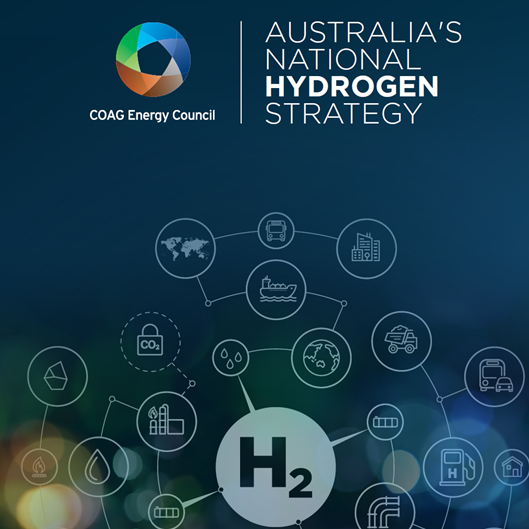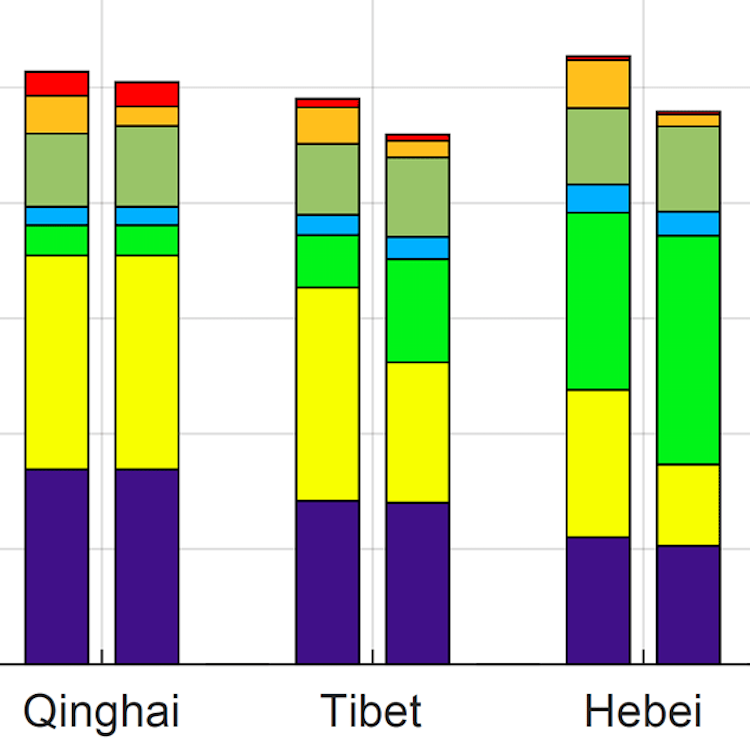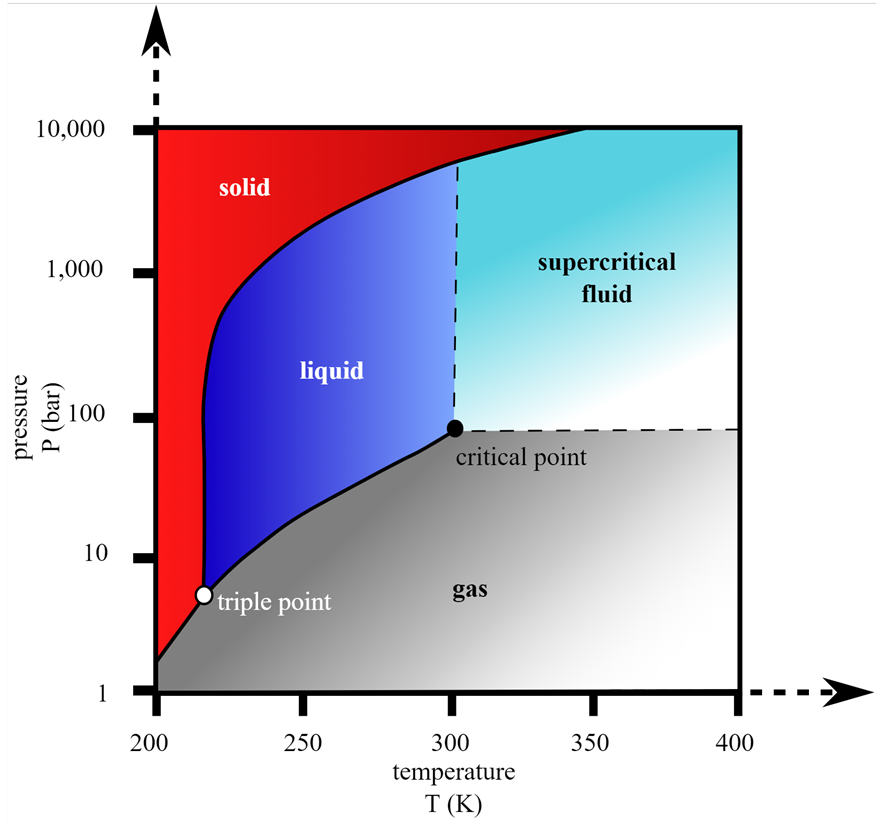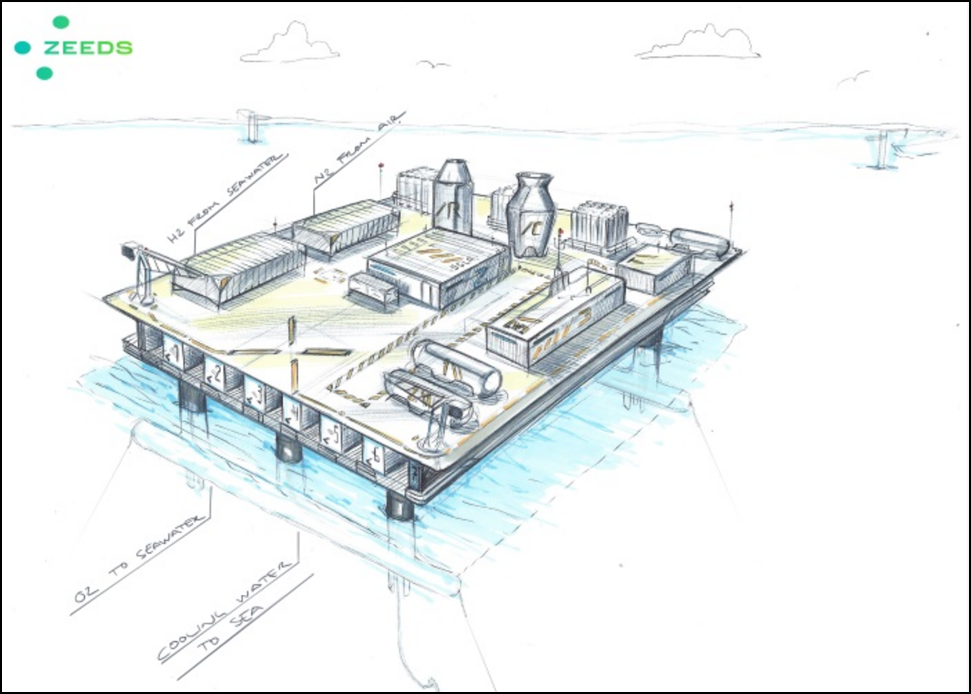Australia Issues National Hydrogen Strategy
Last month the Council of Australian Governments Energy Council – “a Ministerial forum for the Commonwealth [of Australia], states and territories and New Zealand, to work together in the pursuit of national energy reforms” – issued a 137-page report entitled Australia’s National Hydrogen Strategy. For those focused on how ammonia energy will go from promising idea to practical reality, this is what the next step – the one after the discovery of ammonia's virtues as a hydrogen carrier – could look like. The Strategy is detailed, comprehensive, and concerned with both practical measures in the near term and the arc of progress over the long term. And embedded within it are three ideas that are likely to have on-going relevance for ammonia energy implementation.









